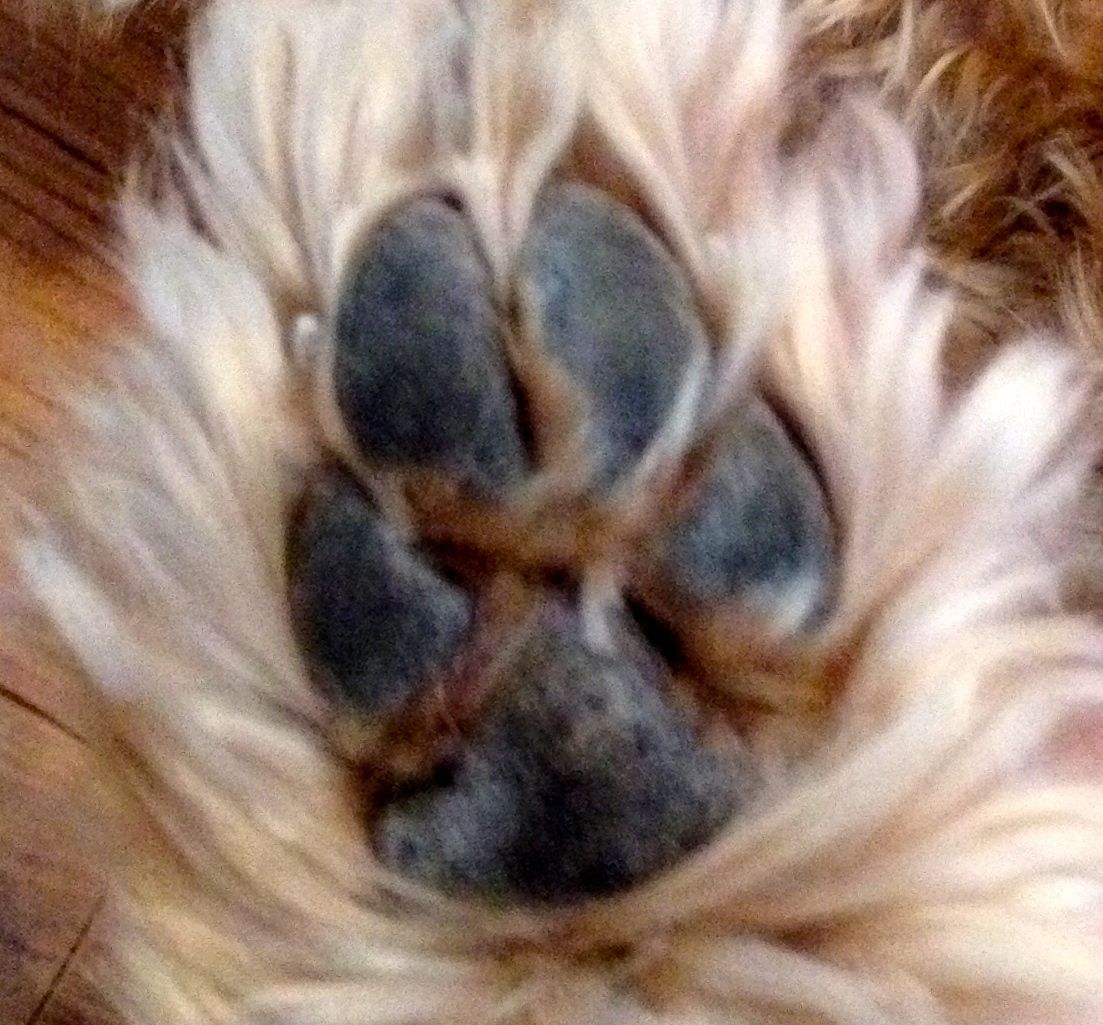Yes, dogs can get frostbite. Frostbite is a condition that occurs when the skin and tissues are exposed to extremely cold temperatures.
The most common areas affected by frostbite are the ears, nose, tail, and paws. Symptoms of frostbite include pale or grayish-white skin, numbness, and pain.
If you suspect your dog has frostbite, it’s important to seek veterinary care immediately as untreated frostbite can lead to serious complications.
How Do You Know If Your Dog Has Frostbite?
If your dog is showing any signs of discomfort in cold weather, pay close attention. Early Signs of Frostbite in Dogs. The first signs of frostbite are often a change in skin color.
This may start out as redness, but can progress to pale, gray, or even white skin. The area may feel cold and firm to the touch. As the condition worsens, the skin may begin to blister or peel.
If you suspect that your dog has frostbite, take him inside and warm the affected area gradually with lukewarm water (not hot!) You should never rub or massage the area, as this can cause further tissue damage.
What Happens If a Dog Gets Frostbite?
Frostbite is a condition that occurs when the skin and tissues are exposed to extremely cold temperatures. If frostbite occurs on your dog, it’s important to seek veterinary care immediately as it can lead to serious health problems. When your dog is exposed to cold temperatures, their body begins to constrict blood vessels in an attempt to preserve heat.
However, if the temperature drop is too extreme or happens too quickly, the blood vessels can’t adjust properly and frostbite can occur. The affected area will look pale or white and may feel hard or frozen. In severe cases, the tissue may begin to die and gangrene can set in.
If you suspect your dog has frostbite, gently warm the affected area with a warm cloth or towel (do not use hot water as this can damage the tissue).
Then, get them to a veterinarian as soon as possible for further treatment. If caught early enough, most cases of frostbite will resolve without any long-term effects but more severe cases could lead to amputation of the affected limb or even death.
What Does Frostbite Look Like on a Dogs Paws?
Frostbite on a dog’s paw can present itself in different ways. The most common sign is frostnip, which looks like pale, white or blue skin. The skin may feel hard or waxy to the touch.
In more severe cases, the tissue underneath the skin may be damaged and there may be blistering. If you suspect your dog has frostbite, it is important to seek veterinary care immediately as further tissue damage can occur.
How Long Can Dogs Paws Be in Snow?
While there is no definitive answer, dogs’ paws can generally withstand cold temperatures and snow for short periods of time.
However, prolonged exposure to the elements can cause paw pads to crack and bleed, and ice buildup between the toes can lead to frostbite.
If you’re concerned about your dog’s paws in the snow, consider investing in some booties or other protective gear.

Credit: ashfordmanorlabradoodles.com
How to Treat Dog Frostbite?
Frostbite is a serious condition that can occur in both humans and animals. It happens when the skin and underlying tissue are exposed to extremely cold temperatures, causing the tissue to freeze. Frostbite can lead to permanent damage and even amputation if not treated immediately.
There are four stages of frostbite: superficial frostbite, deep frostbite, non-freezing cold injury, and freezing cold injury.
- Superficial frostbite affects only the top layer of skin and is the least severe type of frostbite.
- Deep frostbite occurs when the freezing extends below the skin into the muscle tissue.
- Non-freezing cold injury is similar to superficial frostbite but does not involve actual freezing of the tissue.
- Freezing cold injury is the most severe form of frostbite and involves complete destruction of all tissues affected by the freezing process.
Treatment for superficial and deep frostbites includes rewarming the affected area as quickly as possible using warm water (104-107 degrees Fahrenheit).
This should be done for 20-30 minutes at a time until sensation returns to the area. Do not use hot water, heat lamps, or any other heating device that can cause burns. If available, topical treatments such as aloe vera gel can be applied to help soothe the skin while it heals.
How Fast Can Dogs Get Frostbite?
Frostbite is a serious condition that can occur in dogs when they are exposed to cold temperatures. It most commonly affects the ears, tail, and paws, but any area of the body can be affected.
Symptoms of frostbite include pale or grayish skin, stiffness, and pain. If you suspect your dog has frostbite, seek veterinary care immediately.
Conclusion
Dogs can get frostbite, but it’s rare. Frostbite happens when the skin and tissues are exposed to cold temperatures and the blood vessels constrict to try and keep the body warm.
This can cause the tissue to die and turn black. If you think your dog has frostbite, take them to the vet immediately.